Yes, You Can Use Essential Oils for Candle Making—Here’s How
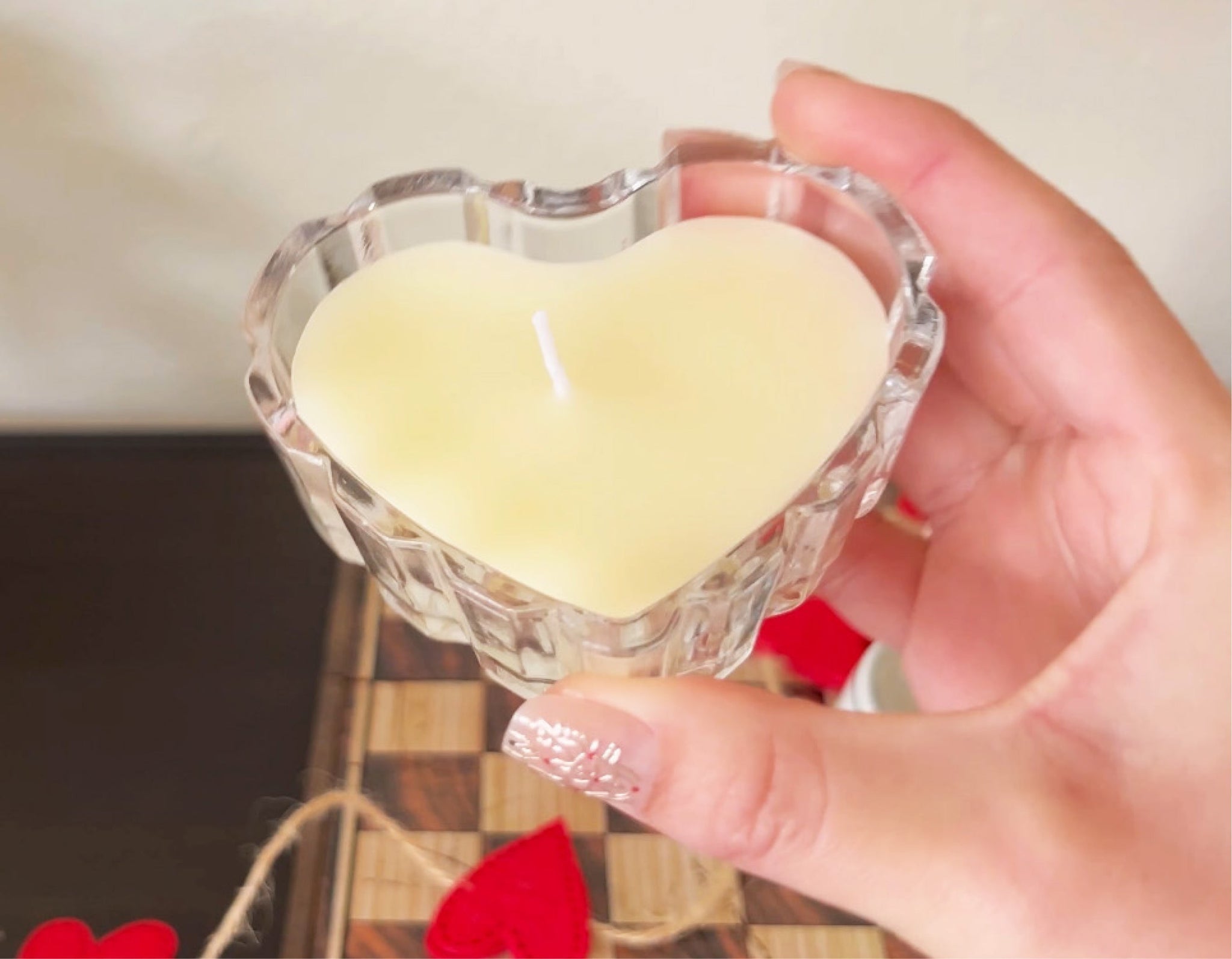
There’s something truly enchanting about candles—their flickering glow sets the mood, their warmth soothes the soul, and their aroma can transform any space. But did you know you can elevate your candle-making experience by using essential oils? Learning how to use essential oils in candles allows you to create custom, all-natural scents while avoiding synthetic fragrances and harmful chemicals. Whether you’re looking to spark romance, encourage relaxation, or refresh your home, essential oils offer a safe and aromatic way to craft your perfect candle.
As more people become mindful of the toxins in store-bought candles, DIY alternatives have become increasingly popular. By making your own candles with natural ingredients, you control what goes into them—including the scent! In this guide, we’ll cover everything you need to know about the best essential oils for candles, how to blend them effectively, and tips for long-lasting fragrance. Get ready to light up your creativity and enjoy the benefits of clean-burning beautifully scented candles!
Can You Put Essential Oils In Candles?
One question we often hear at Edens Garden is: Can you use essential oils for candle making? The answer is yes! You can create homemade candles with essential oils to enjoy natural, toxin-free fragrance. However, before you start, it’s important to understand how essential oils interact with candle wax to ensure the best scent throw and longevity.
Unlike synthetic fragrance oils, essential oils for candle making can be tricky to work with due to their low flash points, which cause them to evaporate at high temperatures. This can limit the strength of their aroma in candles. But don’t worry—there are proven techniques to help maximize the scent and effectiveness of your essential oil candles. Keep reading to discover the best methods for crafting beautifully scented, long-lasting candles with natural essential oils.
Candle Making Ingredients & Equipment
While it might seem straightforward, candle-making is both a science and an art form.
Start by choosing your ingredients and materials. To make a candle, you will need the following:
- Wax
- Wicks
- Containers
- Essential Oils
- Double Boiler
Choosing the Right Wax for Essential Oil Candles
If you’re wondering how to make soy candles with essential oils, the first step is selecting the right wax. Soy wax flakes are an excellent choice for beginners—they’re easy to use, non-toxic, and produce a clean, even burn with minimal soot. This makes soy wax one of the best options for creating long-lasting, beautifully scented candles with essential oils.
Another natural alternative is beeswax, which also burns cleanly and has a subtle honey-like aroma. However, keep in mind that beeswax is not a vegan option. On the other hand, paraffin wax—commonly found in store-bought candles—contains petroleum byproducts and may release harmful toxins when burned. For a healthier, eco-friendly alternative, we recommend sticking with soy wax or beeswax when crafting your homemade candles.
The Best Wick for DIY Candle Making with Essential Oils
Choosing the right wick is a crucial step in DIY candle making with essential oils. The size of your wick directly impacts how evenly your candle burns and how well it distributes aroma. If your wick is too small, you may experience tunneling—where wax sticks to the sides of the container while only the center melts. On the other hand, a wick that’s too large can produce an oversized flame, increasing the risk of smoke, soot, and even fire hazards.
When making homemade candles with essential oils, a smaller wick is generally the best choice. Since essential oils for candle making have lower flash points than synthetic fragrance oils, they require less heat to release their aroma effectively. A smaller wick helps maintain a steady burn, preventing the oils from burning off too quickly while maximizing their scent throw. Choosing a cotton or wood wick designed for soy wax can further enhance the performance of your essential oil candles.
When making homemade candles with essential oils, selecting the right container is just as important as choosing your wax and wick. Since essential oil candles burn best with a smaller wick, a narrow container helps prevent tunneling and ensures an even, long-lasting burn. To find the ideal size, consult your wick supplier for recommendations on the best container circumference.
For safe and effective DIY candle making with essential oils, choose containers[1] made from heat-resistant materials such as:
- Glass (i.e. mason jars)
- Ceramic
- Enamel (i.e. enamel cups)
- Cast iron
- Tin
Avoid containers made from unsafe materials, including:
- Plastic
- Wood
- Terra cotta
- Porous or non-heat-resistant materials
Even within heat-safe options, not all vessels are ideal for candle making. For instance, wine glasses may be too delicate and prone to cracking, whereas glass mason jars, enamel cups, and tin containers are typically a reliable choice. If you’re unsure, check with the manufacturer to ensure your container is heat-resistant and suitable for candles to create safe, beautifully scented essential oil candles.
Essential Oils for Candle Making
When choosing the best essential oil for candle making, you may want to start with oils that have higher flash points (above 150°F) and strong aromas. These oils include:
- Basil
- Cinnamon- Bark
- Cinnamon- Leaf
- Clove- Bud
- Cedarwood- Atlas
- Clary Sage
- Earth & Wood Blend
- Geranium
- Guardian Blend
- Lavender (Any)
- Lavender & Magnolia Blend
- Lemongrass
- Meditation Blend
- Palmarosa
- Patchouli
- Tobacco & Patchouli Blend
- Tranquility Blend
- Ylang Ylang
Candle Making Equipment
Before you start DIY candle making with essential oils, having the right equipment is key to ensuring a smooth, safe process. Here’s what you’ll need:
- Double boiler – Prevents overheating and helps maintain the proper wax temperature.
- Thermometer – Ensures your wax reaches the ideal temperature for essential oil blending and pouring.
- Heat-safe spoon – Used for stirring and evenly combining ingredients.
- Wick stickers – Secure the wick to the bottom of your container.
- Wick holder – Keeps the wick centered as the wax cools.
- Scale – Provides accurate measurements for wax, essential oils, and other ingredients.
Rather than melting wax directly in a pot or microwave, a double boiler allows for precise temperature control, which is essential when working with essential oils for candle making. You can easily create one by filling a wide pot a quarter to halfway with water and placing a heat-safe container, like a Pyrex measuring cup with a spout, inside. Ensure the handle stays outside the pot for easy and safe handling.
A thermometer is helpful for achieving the right wax temperature before adding your oils, as overheating can cause essential oils to evaporate too quickly. A scale ensures proper ingredient ratios, though measuring cups and spoons can work in a pinch. Finally, using wick stickers and a wick holder keeps your wick stable, ensuring an even burn for your homemade candles with essential oils.
How To Use Essential Oils In Candle Making
Now that you’ve gathered your ingredients and equipment, it’s time to start making your candles.
Step #1: Measure Your Ingredients
Creating long-lasting candle scents with essential oils starts with the right ingredient ratios. Using a scale, measure your wax and essential oil carefully to achieve the perfect balance of scent and burn time. To determine the correct amount of wax, weigh your empty candle container first. Then, fill it with water, leaving about 1.5 inches of space at the top, and weigh it again. Subtract the weight of the empty container to find out how much wax you'll need.
For aroma, most candle makers recommend using around 6% essential oil concentration—about 1 ounce per pound of wax.[2] However, different waxes have a maximum fragrance load, usually up to 10% for soy wax. Exceeding this can cause poor scent throw or performance issues. To ensure your DIY candle making with essential oils results in the best aroma, check with your wax manufacturer for specific fragrance load recommendations or use a fragrance calculator for precise measurements. This careful approach will help maximize the scent longevity of your homemade candles with essential oils.
Step #2: Melt The Wax
To create the perfect base for your homemade candles with essential oils, start by melting the wax using a double boiler. Heat water on medium-low in a large pot, then add your wax to a heat-safe Pyrex cup. Stir the wax occasionally, breaking up any clumps that form. As the wax melts, it’s important to monitor the temperature closely. Once the wax reaches 185°F, carefully remove the Pyrex cup from heat. This step ensures that the wax is at the optimal temperature for adding essential oils, which will maximize the long-lasting candle scents with the essential oils you want to achieve.
Step 3: Heat Your Candle Container
A key step in DIY candle making with essential oils is ensuring the wax adheres properly to your container. One trick to achieve this is by gently heating your candle container before pouring in the wax. You can use a blow dryer or place the vessel in a preheated 120°F oven for a few minutes. Be cautious not to heat the container to the point where it's too hot to handle— it should only be warm enough to improve wax adhesion. This simple step will help ensure your essential oil candles have a smooth, professional finish and enhance their overall quality.
Step 4: Wick Your Candle
Once your container is preheated, it’s time to prepare your wick for essential oil candle making. Start by placing a wick sticker on the bottom of your candle wick, then securely attach it to the center of your container. To ensure an even burn and a balanced flame, use a wick holder to keep the wick centered. If you don’t have a wick holder, you can also use two chopsticks or pencils to sandwich the wick, keeping it in place while the wax sets. This step is crucial to achieving clean, long-lasting candle scents with essential oils and ensuring your candles burn evenly.
Step 5: Add Your Essential Oils
When your wax reaches 160°F, it's time to add your essential oils. This is a crucial step in DIY candle making with essential oils for achieving the best aroma and fragrance throw. Stir the melted wax gently for 1-2 minutes to fully incorporate the oils. Be sure not to stir too fast, as this can introduce air bubbles,[3] leading to imperfections in your candles. For long-lasting candle scents with essential oils, it's important to use the right amount of fragrance and mix thoroughly. Remember, the key to successful candle making lies in following these tips for using essential oils in candles to enhance both the aroma and overall quality of your handmade creations.
Step 6: Pour Your Candles
Once your wax cools to 100-130°F,[4] it’s time to pour it into your prepared container. Pour the wax slowly and steadily to avoid cratering or sinkholes, which can occur as the wax cools. This step is essential for creating smooth, long-lasting candle scents with essential oils that burn evenly. After pouring, allow the wax to set and cure properly for at least 24 hours, or 3-5 days for optimal results. Proper curing is key to ensuring that your homemade candles with essential oils have the best fragrance throw and burn quality. Patience here will reward you with a beautifully crafted, aromatic candle!
Are Essential Oils Safe for Candles?
Yes, essential oils are safe for candles when used properly, but there are a few things to consider when incorporating them into DIY candle making with essential oils. While essential oils provide a natural, aromatic experience, they have a lower flash point than fragrance oils, which means they can evaporate more quickly if exposed to high heat. To ensure long-lasting candle scents with essential oils, it's important to follow guidelines for the appropriate amount of essential oil to use and avoid overheating the wax. Using high-quality, pure essential oils will also help your candles burn cleaner and provide a more fragrant, therapeutic experience.
For optimal safety and performance, be sure to choose the right wax and wick for your candles. When making homemade candles with essential oils, consider using soy or beeswax, which have lower melting points that help retain the fragrance. Additionally, selecting a wick size appropriate for your container and fragrance load will prevent excess heat and ensure an even burn. By following these tips for using essential oils in candles, you can enjoy the benefits of aromatherapy in the safety of your own home, all while avoiding harmful chemicals commonly found in mass-produced candles.
SOURCES:
-
Safe Candle Containers for Candle Making: What Avoid and What to Use. https://www.lifenreflection.com/safe-candle-containers-for-candle-making/
-
how much fragrance oil should i add to melted wax? https://support.candlescience.com/hc/en-us/articles/201352174-How-much-fragrance-oil-should-I-add-to-melted-wax-
-
why are there wet spots on my candles? https://support.candlescience.com/hc/en-us/articles/201389140-Why-are-there-wet-spots-on-my-candles
-
How to Make Soy Wax Candles - Tips and Tricks from an Expert | Bramble Berry. https://www.youtube.com/watch?v=cn528L_WPrw
Grab The Essentials Here:
Leave a comment (Comments will be approved before showing up)
19 comments
Michèle
Your information on ‘Here’s How’ page is very informative.
We have made candles with soy/coconut wax and essential oils. They smell lovely cold, but we can’t smell anything when we light them.
Help, any advice?
Edens Garden
Hi Monica! Each essential oil has a different flash point. If you want to know the specific flash point of an oil, let us know which ones and we’ll provide you this information. We also recommend 6-10% essential oil. If you need additional help with troubleshooting, please contact our aromatherapists at aaa@edensgarden.com.
Monica
Hello, your page was very helpful. I am on the journey of creating candles with essential oils. I am having a really hard time finding the correct flash point for the oils I have chosen. I have tried from 130-150 degrees. Some how they seem to burn well in the beginning then smell like deseos fuel. If I buy two of your EO, what FP should I use them at ? Also do you recommend 6%-10%? I use 10% of the wax weight. Please help 😭. Any tips would be appropriated .
Thank you so much for this page !
Edens Garden
Jodie, absolutely. Beeswax is a great alternative!
Jodie
Thanks for sharing, can I use beeswax in the place of soy?
Carmen A Escobar
Thank you for sharing, I can’t wait to get started.
Bianca
This was great! Thanks you for sharing all I need to know!!
Katie
Thanks for your article!
Edens Garden
Hi Sue! Generally, you need more essential oil than fragrance oil in candle making. Many fragrance oils are chemically altered to have the best scent throw, but our essential oils are not altered in any way. Finding the best amount of essential oils for your candles may take some testing.
If you have further questions, we’d love to chat! Please reach out to us at info@edensgarden.com.
Sue Stratton
Hello, I have a question! I’m a newbie when it comes to candle making. I would love to avoid fragrance oils, however I’m reading mixed reviews on whether or not they will give enough aroma to the candle. Have you found this to be true? or do we just have to use more essentials oils to get the same effect?
Edens Garden
Hi Lorraine, we recommend checking out our blog ‘The Differences Between Fragrance Oils And Essential Oils?’ For your convenience, here’s a link- https://www.edensgarden.com/blogs/news/what-is-the-difference-between-fragrance-oils-and-essential-oils?gclid=Cj0KCQjwkOqZBhDNARIsAACsbfJat3bRIA5V_qgkUU5C_JWXTYJ6z_RZZwW_lYFw0aIb51hmY9-MVLIaAln9EALw_wcB
Lorraine
What’s the difference between Essential Oils and Fragrance Oils? Do you have a list of Fragrance Oils I can use? Do you sell Fragrance Oils?
Edens Garden
Hi Laura! We recommend checking with the supplier you purchase the wax from.
Laura
If I use a coconut wax/beeswax blend instead of soy, are the temperatures the same for melting, adding EO and pouring?
Edens Garden
Hi Amanda! You never know what’s in store at EG 😉
Edens Garden
Hi Michelle! All of the ingredients we choose for our DIYs are non-toxic and/or natural. If you have resources about soy wax that state otherwise, we’d love to go over that info with you! Our aromatherapists would be happy to continue this conversation with you: aaa@edensgarden.com
Amanda
I wish EG would bring back candles.
Michelle
This is great! I would not recommend soy wax however as being “non-toxic”. A lot of research has come out recently revealing that the process of creating soy wax for candles isn’t 100% pure, which led to the conclusion that soy wax can’t ever be 100% pure. You can alternatively do 50/50 beeswax and solid coconut oil, which helps with the flash point of your essential oils, as well as your fragrance load, hot and cold throw! Just an observation I’ve experienced first hand and through research as an Aromatherapist myself :) thanks again for the great resource!
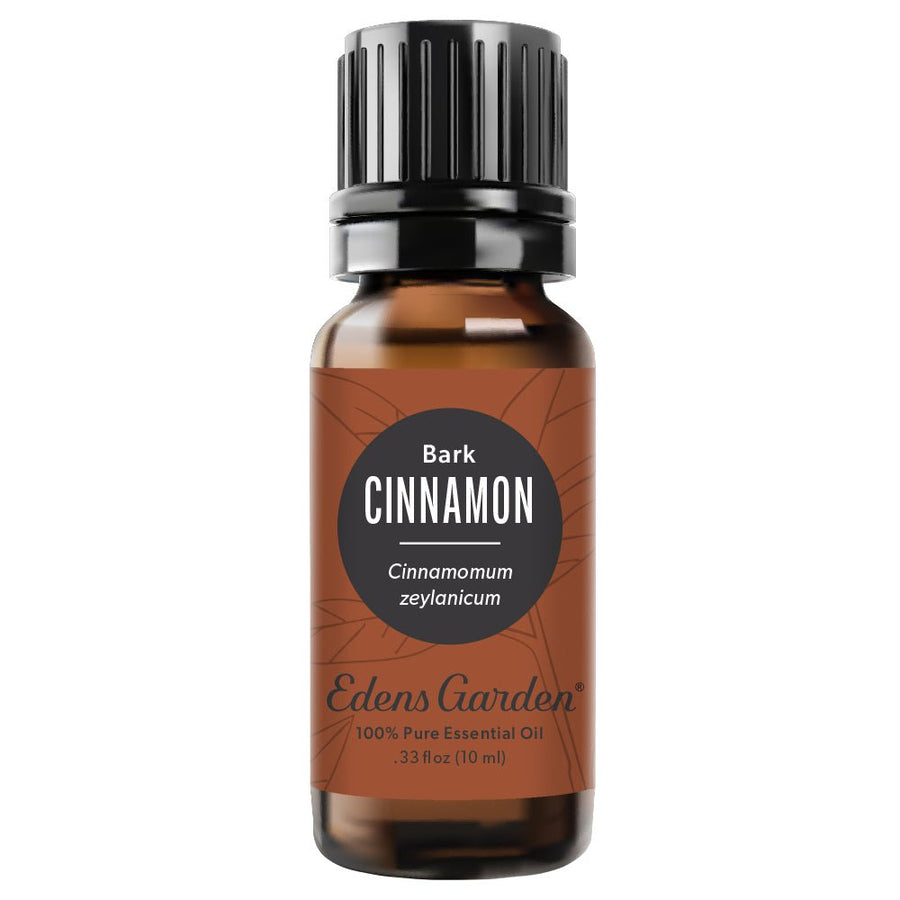
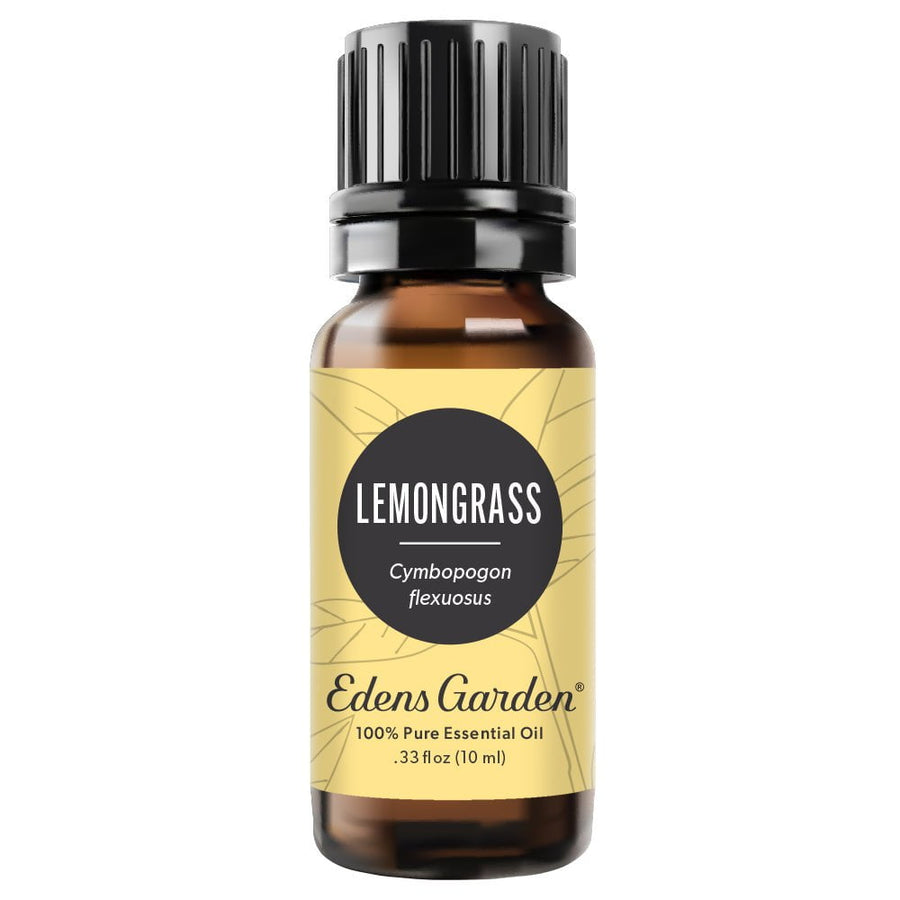
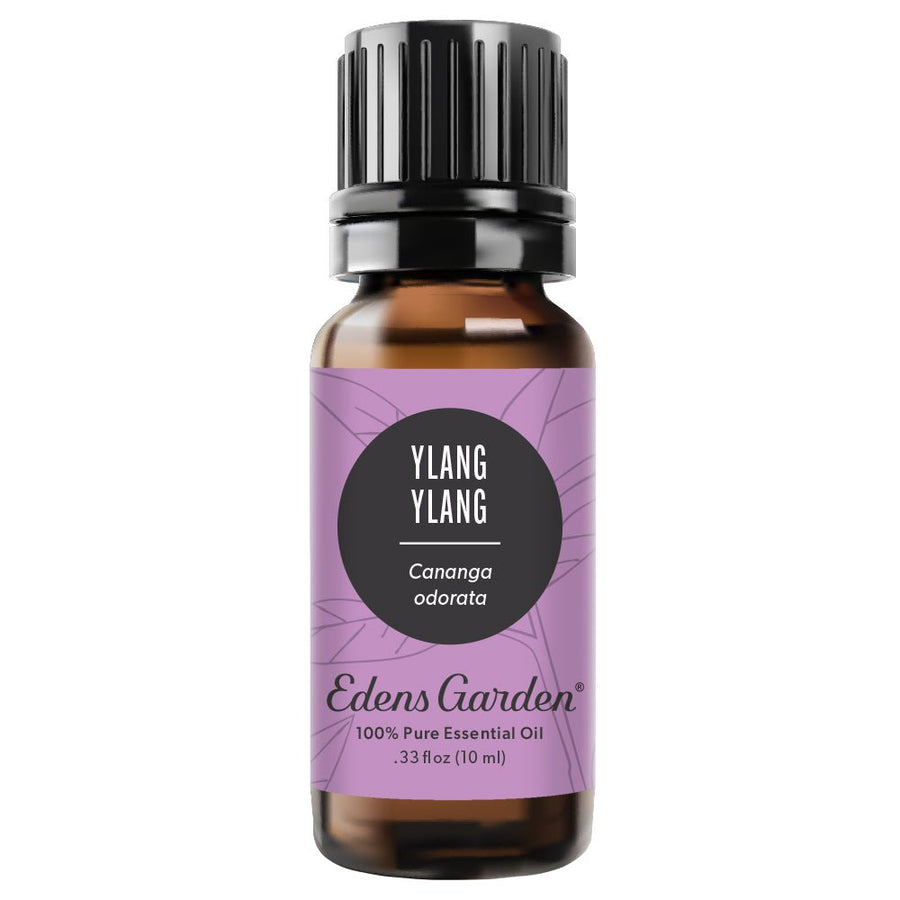
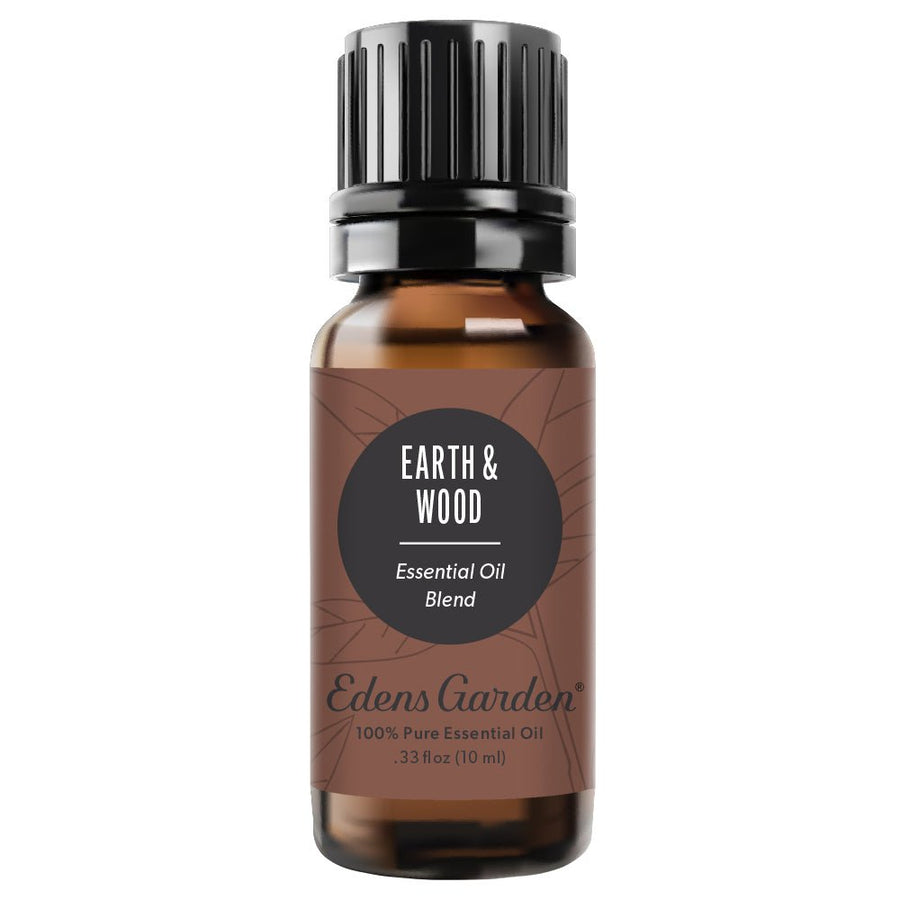
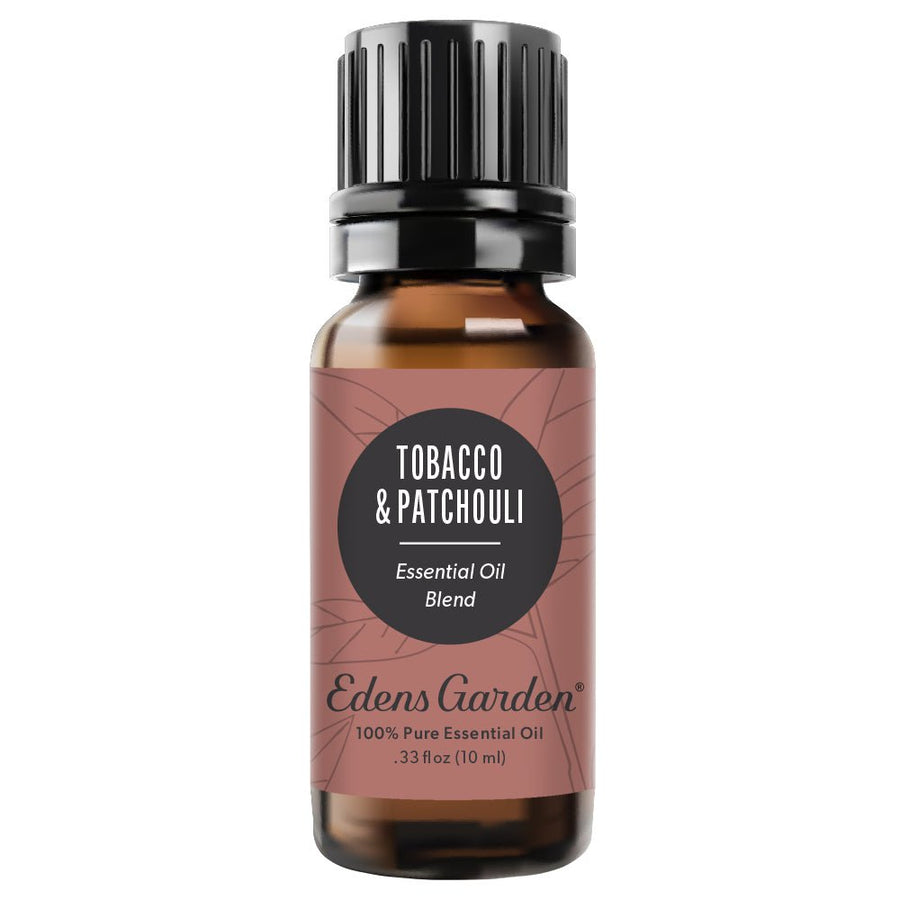


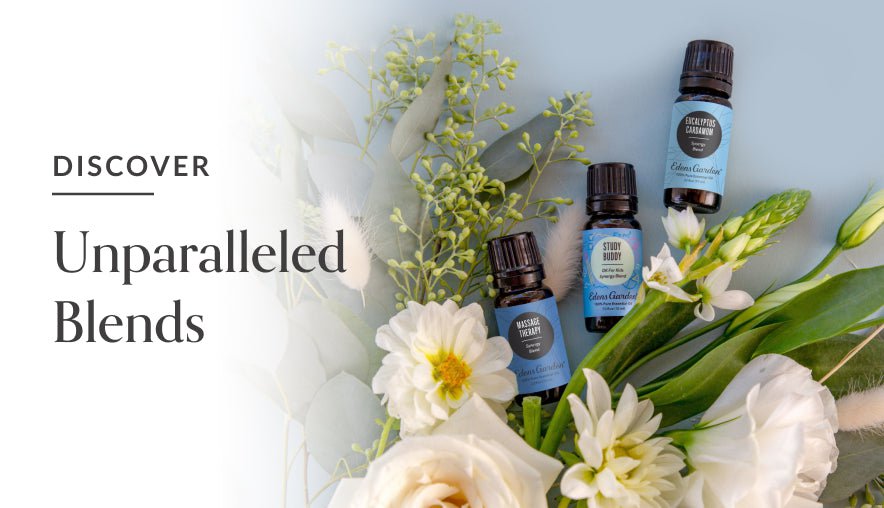
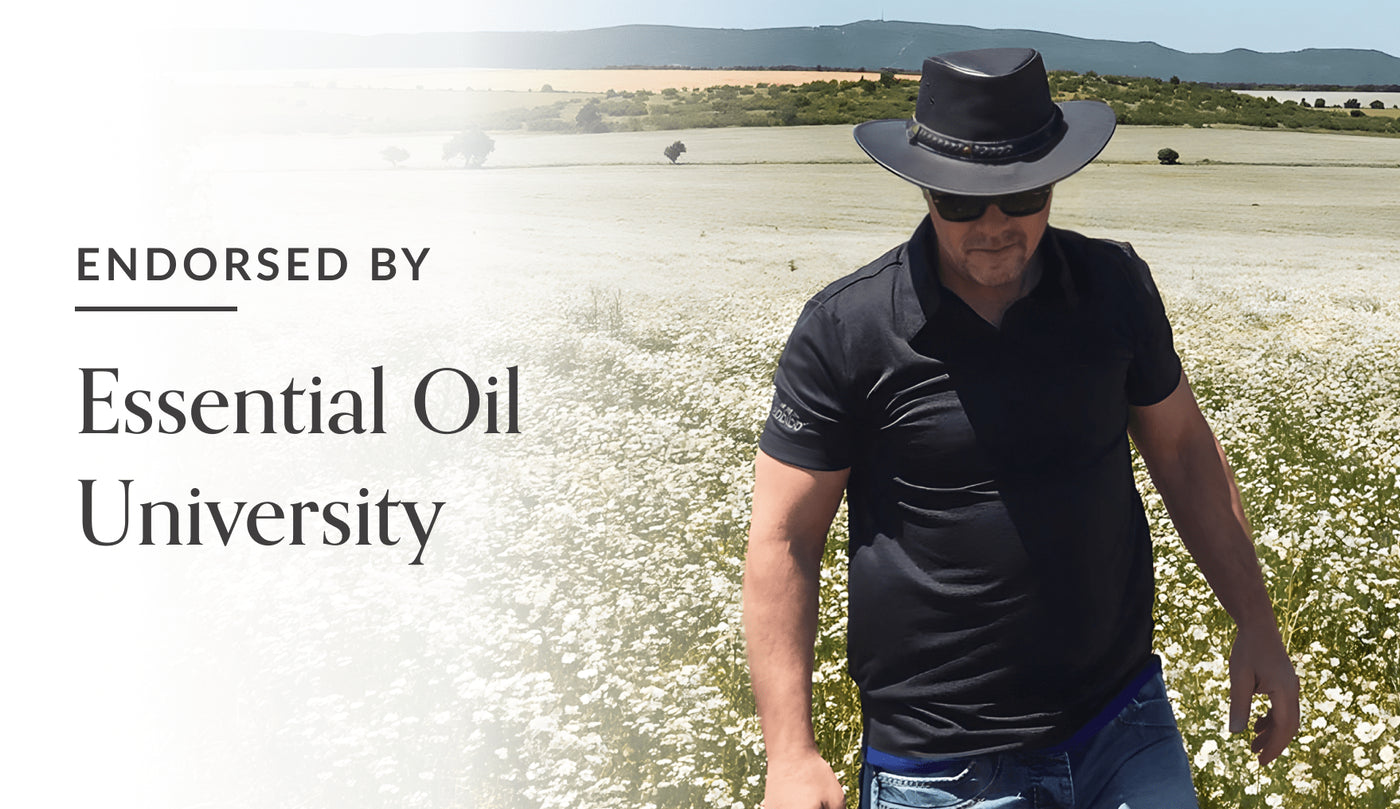
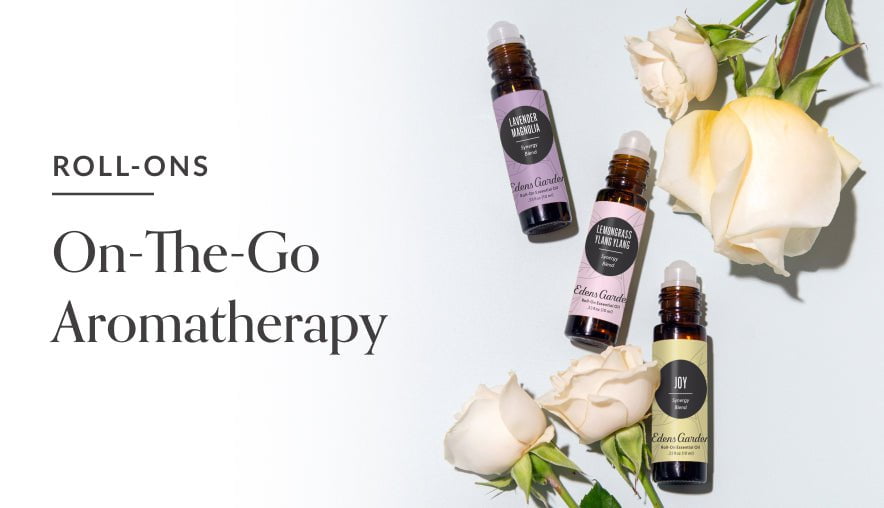
Edens Garden
July 25, 2025 at 10:47 am
Hi Michèle! What’s your ratio of essential oil to wax? This info may help us narrow down the issue.